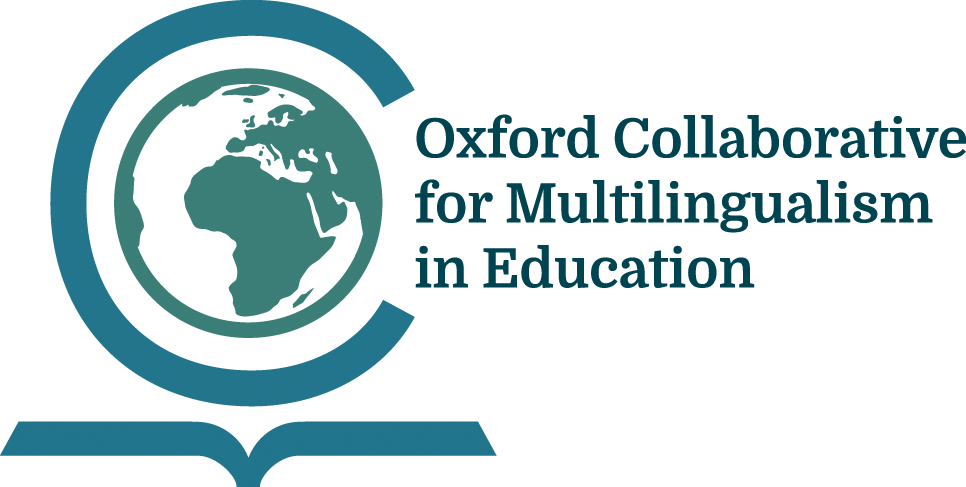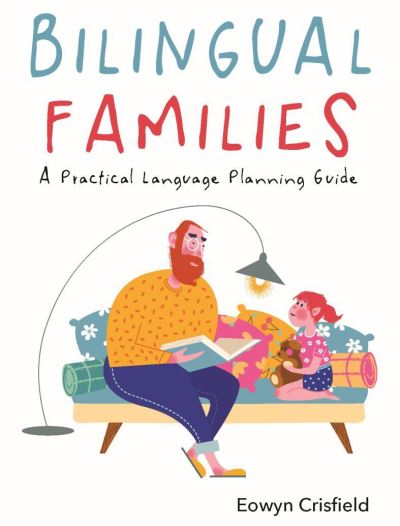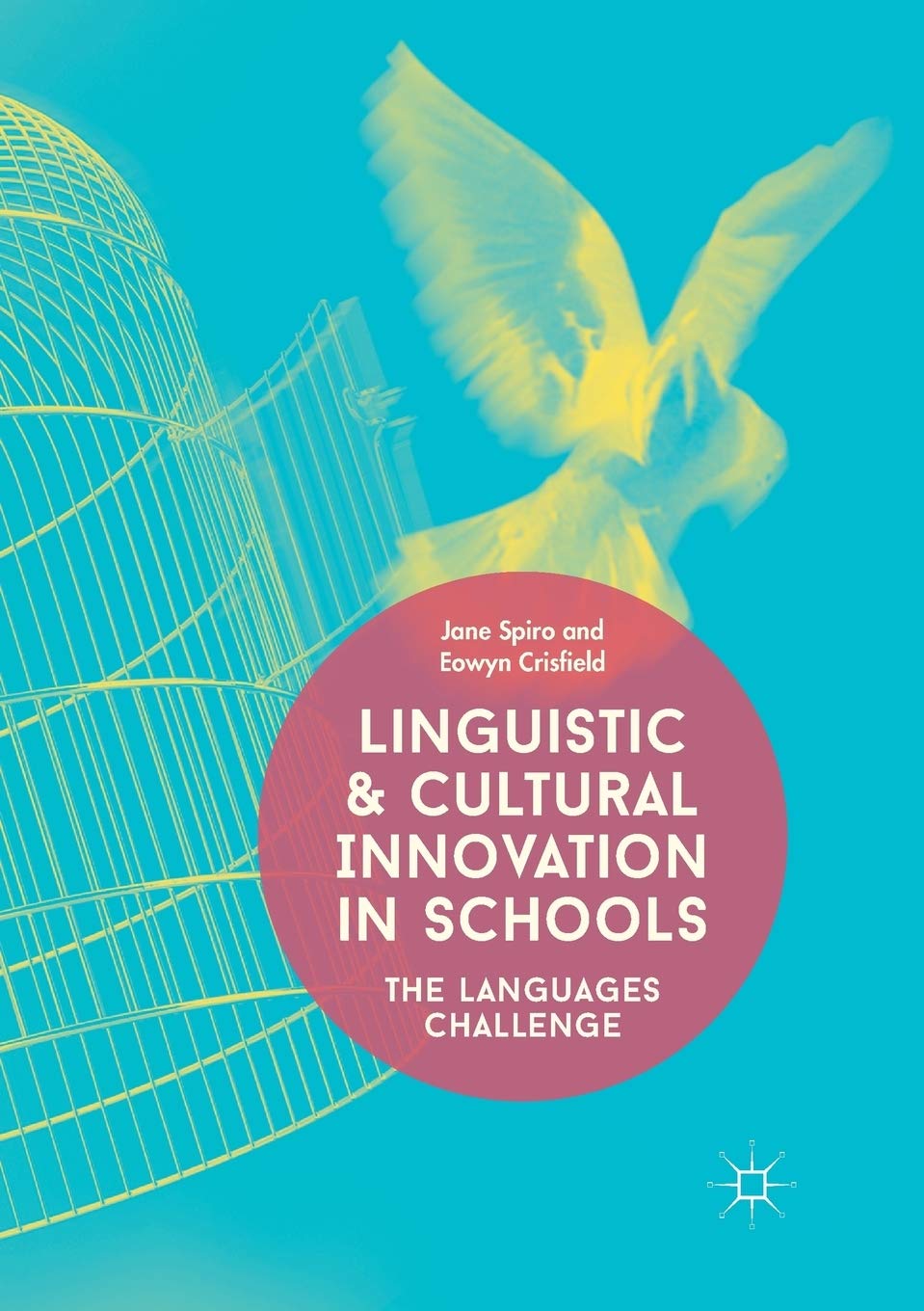Dr Eowyn Crisfield, Founder and Director
Linguistic inclusion is about creating schools where every student feels that their languages are valued and valuable. It is building schools where languages thrive and all students have opportunties to learn and use additional languages. It is systems and programmes and practices that embed multilingualism as a core value for all.
Dr Eowyn Crisfield is the Founder and Director of Oxford Collaborative for Multilingualism in Education.
She is an applied linguist, language teacher, author, and researcher, with experience and expertise that spans EAL/ELL, bilingual education, language teaching, curriculum development, policy development, and advising. She has been working with schools for over 15 years, reviewing, developing, implementing, and innovating language programmes and approaches that are rooted in research and in equitable approaches to languages in education.
Building on these multilingual, multinational experiences, Eowyn has developed an approach to working with state and international schools that brings about lasting change and creates truly inclusive multilingual environments. Through the Oxford Collaborative, more schools globally can benefit from the transformative impact of her methodology.
Eowyn is also an Honorary Norham Fellow, Department of Education, University of Oxford, and continues to engage in research in the field of bilingualism, with a special interest in promoting language equality in schools, and the integration of “languages across the curriculum”, and multilingual approaches that benefit all students.
She has authored/co-authored two books, and multiple chapters and journal articles, and is a regular speaker at both practitioner and academic conferences.
She is an applied linguist, language teacher, author, and researcher, with experience and expertise that spans EAL/ELL, bilingual education, language teaching, curriculum development, policy development, and advising. She has been working with schools for over 15 years, reviewing, developing, implementing, and innovating language programmes and approaches that are rooted in research and in equitable approaches to languages in education.
Building on these multilingual, multinational experiences, Eowyn has developed an approach to working with state and international schools that brings about lasting change and creates truly inclusive multilingual environments. Through the Oxford Collaborative, more schools globally can benefit from the transformative impact of her methodology.
Eowyn is also an Honorary Norham Fellow, Department of Education, University of Oxford, and continues to engage in research in the field of bilingualism, with a special interest in promoting language equality in schools, and the integration of “languages across the curriculum”, and multilingual approaches that benefit all students.
She has authored/co-authored two books, and multiple chapters and journal articles, and is a regular speaker at both practitioner and academic conferences.
Write your awesome label here.
Books
-
Bilingual Families: A Practical Language Planning Guide
- Does your family or community speak more than one language?
- Do you wonder how to help your children successfully learn or keep those languages?
- Do you want your children to have the gift of bilingualism and aren't sure where to start - or how to keep going?
Every multilingual family has unique language needs. Bilingual Families is a guide for you and your family. It combines academic research with practical advice to cover the essential elements in successful bilingual and multilingual development. Use this book to: Learn about language goals - and how to set them Create a 'living' family language plan that develops and grows with your family Learn how to talk about multilingualism with your children and other key people in your children's life, like teachers and relatives Recognise when you might need further support An indispensable guide for your family's language journey. -
This is a clear, engaging, and accessible guide for parents who are interested in raising their children with more than one language. Evidence-informed, yet simultaneously structured and written so as to truly facilitate parents' reflection and engagement, it offers practical and realistic advice. A must-read for any parent interested in bestowing the gift of language onto their children.
Victoria A. Murphy, University of Oxford, UK
-
Linguistic and Cultural Innovation in Schools
This book presents case studies of five schools engaged in radical change in order to engage with children’s home languages and cultures in a more multilingual and inclusive way.
Located around the globe, from Hawaii to Kenya, the case studies are informed by both researchers and professionals on the ground. While the schools in question are each anchored in a unique context and situation, they also have a common mission to see language diversity as a resource, and a responsibility to embrace all the languages of their pupils.
The authors offer a rich resource for education professionals and policymakers, including not only theoretical insights but useful practical tips. This innovative volume will be a helpful resource for educational professionals interested in following a path of multilingualism as well as students and scholars of second language acquisition, heritage languages and cultures and multilingual educational policy. -


